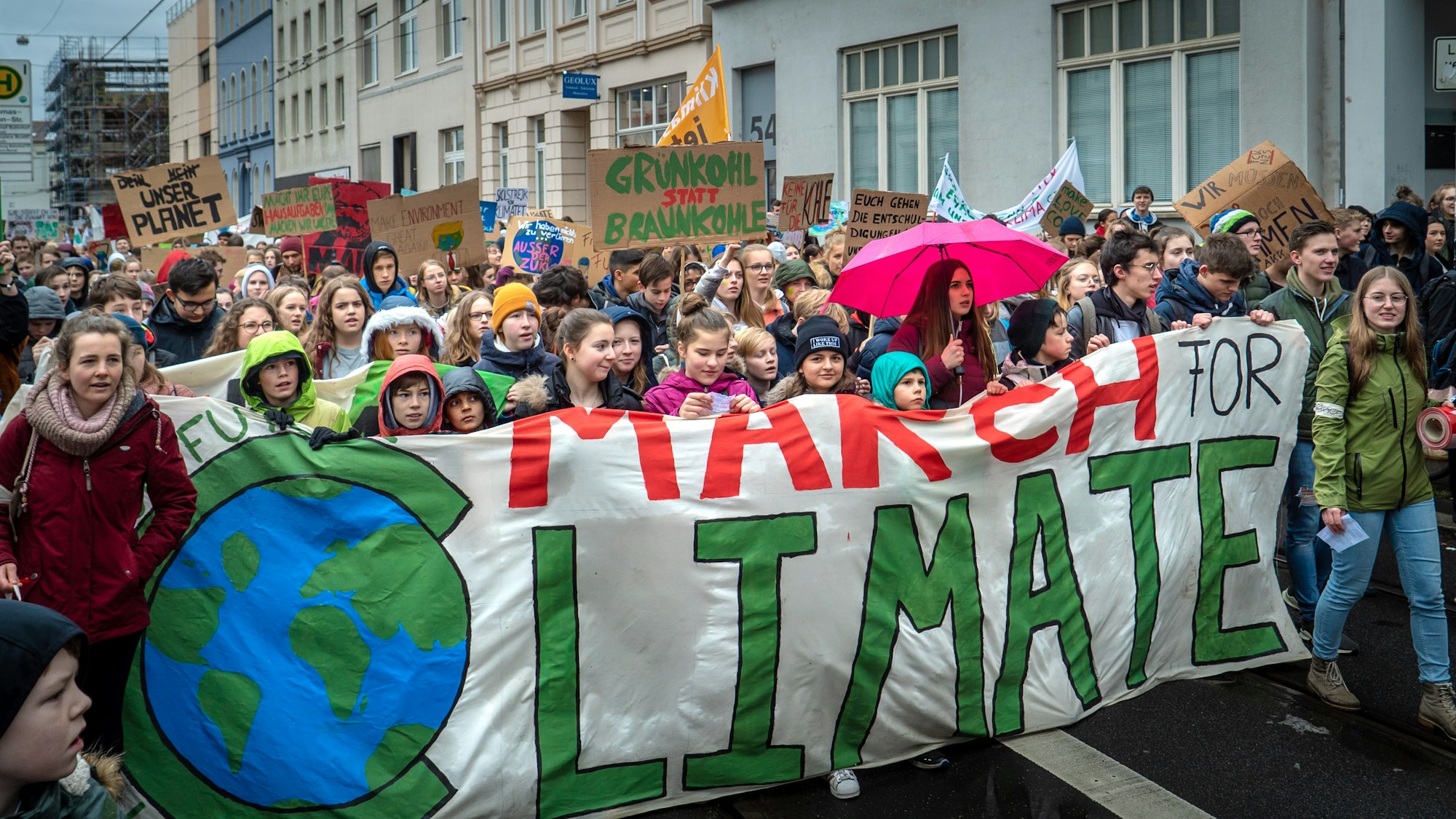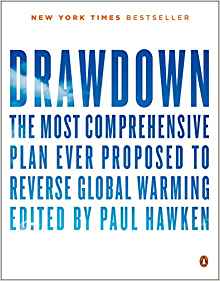Drawdown - Climate Crisis Solutions and the Classroom

As I write this blog entry, it is the early hours of the morning in Winnipeg and the Climate Strike is underway on the other side of the world. Early reports suggest the turn out is amazing, and I am keenly looking forward to participating in the strike here at home.
Young people are driving change and it is important that educators do not drop the ball. For this reason, I highly recommend teachers pick up a copy of Drawdown: The Most Comprehensive Plan Ever Proposed to Reverse Global Warming, edited by Paul Hawken, or check out the related website. The book ranks climate crisis solutions according to their potential to remove carbon and other gases from the atmosphere. Interestingly, most solutions actually end up saving governments or industries money over the long run, which further emphasizes the importance of pursuing these solutions.

I have already written about the importance of big solutions when it comes to tackling the climate crisis, like onshore wind turbines, biking infrastructure, or regenerative agriculture. Big solutions are incredibly important, but often seem pretty distant from the average citizen who is not the one creating policy or drafting government budgets. So here are some ideas of personal actions we can take in the climate fight, based on Project Drawdown.
- Support the Big Solutions - While individuals can't implement these big solutions on their own, we can lend our support to them. This means voting for political parties that support climate action, marching in protests, questioning candidates about their stance on climate solutions, or writing to elected representatives. Ultimately, industries must be held accountable for pollution they cause, which requires government action. Making our voices heard is vital.
- Eat a plant rich diet - Plant-based diets are less carbon intensive, due to the high levels of greenhouse gases released by livestock and the deforestation they cause.
- Food Composting - Organic waste in landfills leads to the production of methane. Composting drastically reduces that.
- Reduce food waste - 35% of food in high income countries is thrown out by consumers. Surely there are solutions to this problem.
- Transportation - There are so many alternatives to gasoline powered vehicles, such as electric vehicles, mass transit, ride sharing, and cycling.
- Recycling - Leading cities manage to reach or exceed recycling rates of 65%.
- LED Lighting - LED lights use 90% less energy than incandescents and are expected to take up 90% of the market by 2050.
Project Drawdown does an excellent job of explaining the potential impact of these solutions and I can see many ways of using these articles in the classroom. Science teachers can focus on the science behind the solutions. The data inherent in the project can offer a lot to a math teacher looking for real world data. Social studies teachers could discuss the impact of goverment on quality of life, since many solutions require government support, and how citizens can make their voices heard in a democracy. Moreover, this resource is solution focused, which studies show helps keep people engaged.
The time to act in the climate crisis is now. I highly recommend Project Drawdown for teachers looking for ways to bring climate action into the classroom.
